Back in the day, metal roofing was used to cover homes, barns, commercial roofs, factory buildings, and churches before asphalt shingles were even invented. Metal was solid, affordable, and durable roofing material.
Today, metal roofing is enjoying an impressive resurgence in popularity and demand, whether it’s for systems like standing seam, interlocking metal shingles, corrugated metal sheets, or ribbed metal panels.
Corrugated metal panels are often used in commercial and low-end residential applications, but standing seam is becoming a lot more prominent and extremely popular in high-end residential and commercial retrofits and new roof installations.
Both of these systems have their pros and cons that must be considered before deciding which particular system will best suit your needs.
From Metal to Corrugated Galvanized Iron Sheets
Metal, namely copper, has been used as a roofing material since about 970 BC. Corrugated metal panels were invented the early 1800’s. It was the “new and improved” metal roofing system featuring wavy or ribbed panel profile. Corrugating the sheets of metal, which was hot-dip galvanized iron at the time, increased their strength and longevity.
During the installation, corrugated metal panels are overlapped by one or two ridges, through-fastened onto the roof deck or frame, and commonly sealed with caulk (in between the corrugated panels at the point of overlap) to keep rainwater and moisture out. Needless to say caulking is the least permanent part of the corrugated metal roof.
Standing seam became the “new and improved” roofing option in the mid-1900’s. The “standing” or raised seams made the durable roofing material even more weatherproof. The ridges that run the length of standing seam are the raised seams in between the metal panels.
Bending the panel edges up to a height of ½ to 1 ½ inches, then folding them over makes standing seam metal roofs more weatherproof. The raised seams force rainwater and moisture to run down off the roof in the “channels” between the seams instead of working its way between the metal panels.
Difference in Price
While the cost of corrugated metal will be somewhat similar to asphalt shingles. Standing seam featuring improved design, thicker panels and better warranties can seem very expensive in comparison. With standing seam, materials and installation costs will be roughly two to three times the cost of corrugated metal or shingles.
However, with standing seam, you’re not going to have to buy another new roof for a very long time, if at all. Either corrugated metal panels with exposed fasteners, or standing seam metal roof with concealed fasteners will last significantly longer than asphalt. Hence, either system can be a smart investment in your home.
Corrugated metal roofs are significantly cheaper (their cost is similar to the cost of architectural asphalt shingles.) and run about $5.50 to $8.50 per square foot or $550 to $850 per square (100 square feet) installed.
The material is less expensive and the panels are easier to install, which saves on labor costs. However, the additional maintenance expenses and the need to stay on top of it should be figured into the decision. It is definitely not an “install it and forget it” type of roof.
Standing seam metal roofs are considerably more expensive and generally cost between $10.50 to $18.50 per square foot or $1,050 and $1,850 per square to install. The material is more expensive and the panels are much more difficult to install.
A very steep roof and a roof with lots of dormers and valleys will jack up the price even higher. A specialty metal roofing contractor with experience in standing seam should be hired to do the installation.The installer should know what he is doing before taking on the job.
Pricing Example: Assuming you spend $1,450 per square (100 square feet) to install standing seam on a roof that measures 20 squares, you are looking at about $29,000 for a typical standing seam roof. An improperly installed standing seam roof will require additional investment to repair and installation defects in the future, when it fails.
Your installation will also cost significantly more if you have to find another roofer because the one hired originally got frustrated and walked off the job. 😉
Difference in Materials
Standing seam metal roofs are a little more heavy-duty than corrugated metal roofs due to the thickness of the roofing material. While on the surface this difference in thickness may seem insignificant at first, but it is worth considering.
- Corrugated metal sheets are commonly made from 29 or 26-gauge steel (typically G-60 or G-90 hot-dip galvanized steel), also referred to as G-29 or G-26. It is slightly thinner than standing seam.
- Standing seam metal panels are usually 24-gauge or 22-gauge (G-90 galvanized steel or Galvalume steel), also referred to as G-24 or G-22. It can occasionally be 26-gauge, but that is as thin as it gets.
This difference in thickness is part of the reason for the difference in price between corrugated metal and standing seam. The thicker material used in standing seam panels costs a little more than the thinner material commonly used in corrugated metal sheets.
Difference in Coatings
Most corrugated metal roofs are resilient and rust-resistant, but standing seam is even more so.
- Corrugated metal sheets are usually made from steel that is “galvanized” or coated with zinc. This zinc coating gives the steel that dull, silver color before it is painted. It also makes the steel resistant to rust and corrosion. Corrugated metal sheets are also available in aluminum and Galvalume steel, but these materials are more expensive.
- Standing seam metal roofs are commonly made from a specially coated steel called Galvalume, which is steel that has been “super-galvanized.” — This super-galvanizing coating is an aluminum-zinc alloy. Galvalume is roughly twice as resistant to rust and corrosion as the G-90 galvanized steel used for corrugated metal roofs because of this special galvanizing process.
This slight difference in the protective coating is figured into the higher price of standing seam material. Yes, it is a little more expensive, but it offers twice the resistance to rust and corrosion resulting in a much longer-lasting and durable roofing system.
Looks and Aesthetics
Corrugated metal roofs and standing seam each impart their own “look” onto a building. Which looks best is really a matter of opinion. They are both available in a wide range of colors.
- Corrugated metal roofs have a less formal look. The ridges are closer together and usually soft and rounded. There are corrugated metal panels available with sharp corrugation lines rather than soft waves, though.
- Standing seam metal roofs have a slightly more formal look. The raised seams are 1 to 1 ½ feet apart and look like sharp, straight ridges. A darker standing seam metal roof looks almost like a pinstripe suit.
Lifespan
Both corrugated and standing seam metal roofs can last for many decades. Higher-end, Kynar 500 corrugated metal roofs tend to have a lifespan of about 25 to 30 years, while high-end standing seam metal roofs can last almost twice as long.
When installed correctly, a high-end, residential-grade Kynar 500 metal roof can last as long as fifty years or more.
- Corrugated metal roofs require a regular maintenance routine to keep them in tip top shape. They are installed with fasteners that are exposed to the elements. Even the best corrugated metal roof needs to have the fasteners inspected and tightened every ten years or so.
- Standing seam metal roofs do not require this type of routine maintenance thanks to their concealed fasteners.
Rust Concerns
Rust is not a problem as long as corrugated metal sheets or standing seam panels are coated and painted with a good, rust-resistant protective coating and installed properly.
- Metal roofs must be installed with compatible materials. Corrosion and rust can occur, depending on the metal, when incompatible fasteners are used. The roofing material and fasteners can quickly corrode and fail.
- Standing seam metal roofs are not prone to corrosion or rust, thanks to their normally higher-quality coating, and because there are no exposed fasteners.
- Standing seam panels are attached to the roof deck and held in place by concealed fasteners.
Wind Resistance
Modern corrugated and standing seam metal roofs are designed to stand up to strong winds. Most of them are rated to withstand 110 to 150 mph hurricane grade winds.
- Corrugated metal roofs are generally just as wind-resistant as standing seam; however, good regular maintenance will play an important part in this. Those exposed fasteners must be tightened regularly so the wind can’t work the panels loose. In areas where high winds are very common, the fasteners should be inspected and tightened more often than every ten years.
- Standing seam metal roofs should also be inspected more often in high-wind areas, although the wind should not be a problem. The panels are locked tightly together in the standing seams.
Lightning Hazards
Corrugated metal and standing seam metal roofs hold up to lightning equally well. The likelihood of a lightning striking a building is actually reduced when it has a corrugated or standing seam metal roof.
The possibility for damage from lightning, on the off chance that a lightning strike does occur, is practically non-existent because it is made from metal forming a Faraday cage, which will protect the structure and help dissipate the electric charge.
Thus, your will not catch fire. Many insurance companies will give you a lower rate for having a metal roof, especially in areas where wildfires are a common problem.
Hail Damage
When it comes to hail damage, corrugated and standing seam metal roofs can take the hits equally well with little to no serious damage. Corrugated and standing seam metal roofs have impact resistance ratings based on how well they hold up to impact.
Many systems have such high impact resistance ratings that your insurance company might reduce your homeowner’s insurance rates.
The main thing to keep in mind here is the resistance ratings. These ratings vary in both corrugated and standing seam metal roofs, depending on the material quality. Corrugated and standing seam metal roofs with a Class 4 hail rating should take a hit from hail measuring up to 2 inches, without fracturing or splitting at the seams.
Energy Efficiency
Corrugated metal and standing seam metal roofs are equal in the eyes of the Environmental Protection Agency. They are both classified in the “cool roof” group. Either one can be coated with a reflective coating that is “solar reflective”.
The sunlight bounces off the roof which keeps the building cooler. Both types of metal roofing are available with an energy-efficient coating. This reflective coating lasts throughout the life of the roof. The savings in cooling costs will help offset some of the installation costs overtime.
Environmental Considerations
Corrugated metal and standing seam metal roofs are equally Eco-friendly. The material is recyclable. Scraps can be hauled away to be recycled after the roof is installed. Corrugated metal and standing seam metal roofing material can also be made from recycled material. It often contains more than 30% recycled metal.
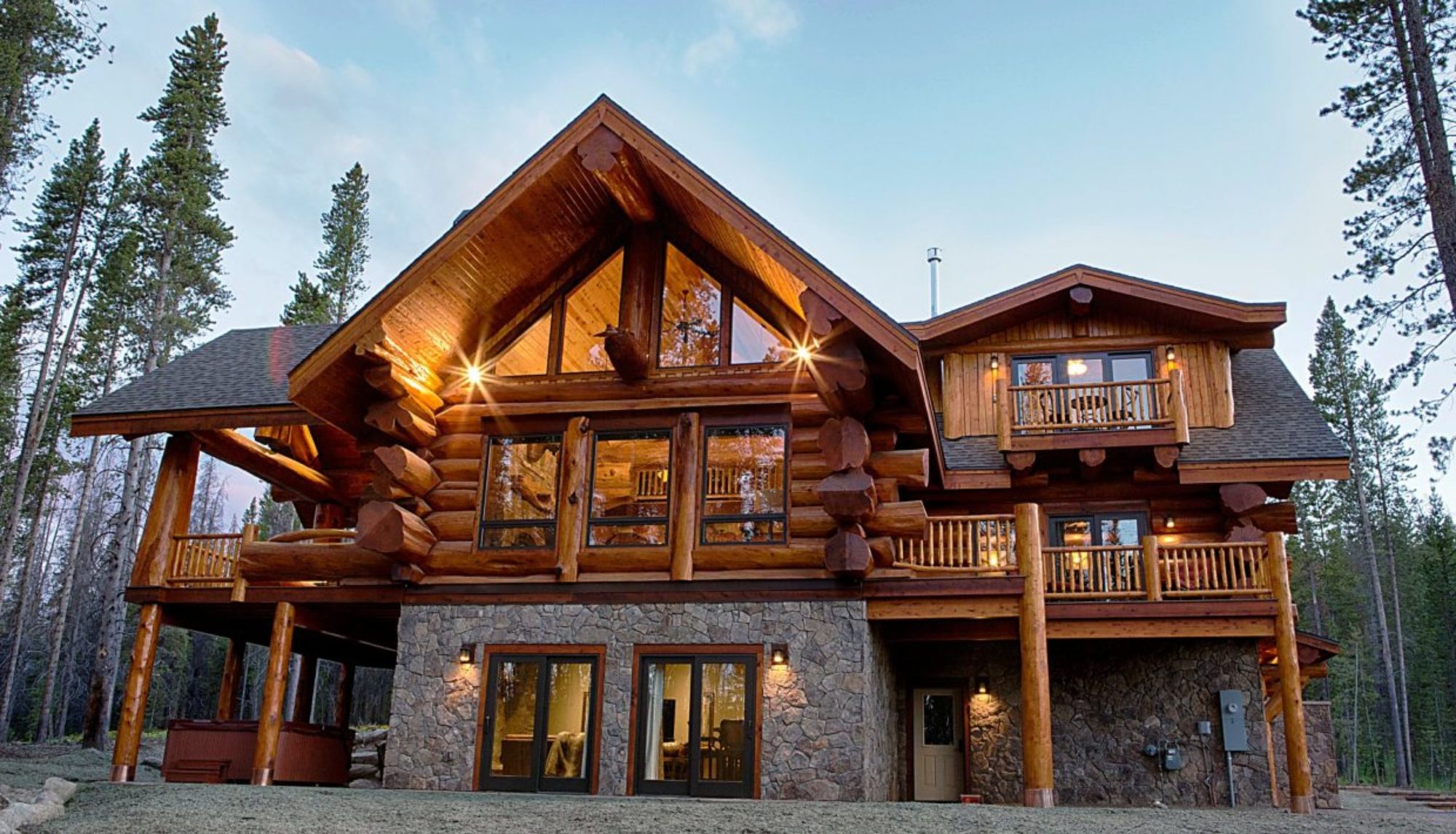
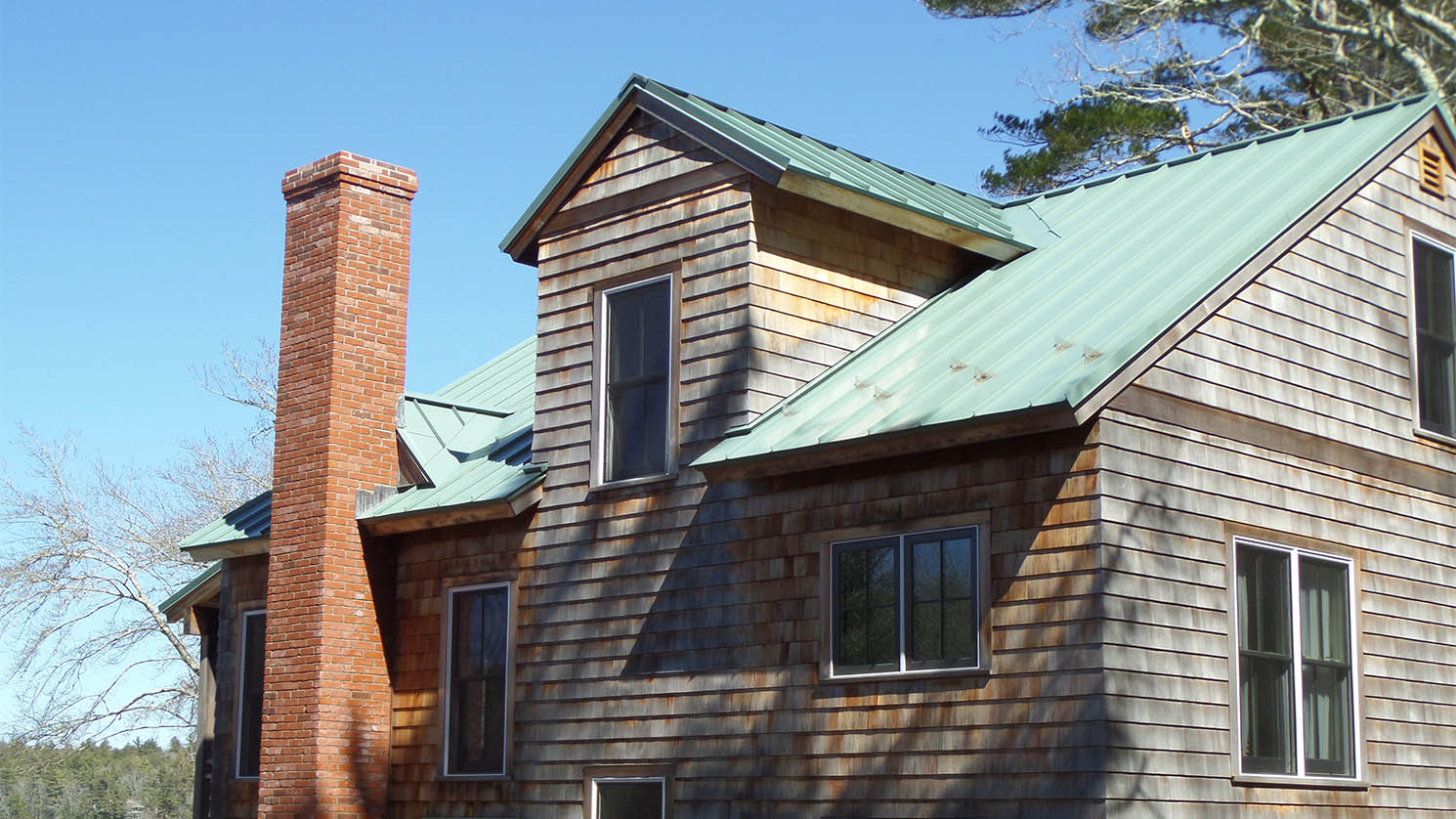
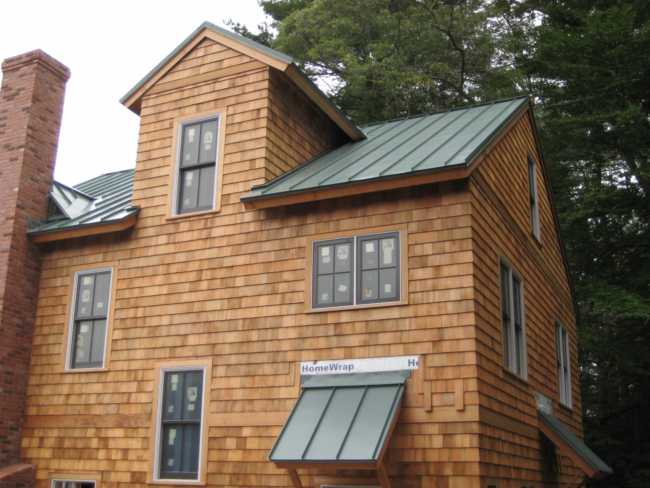
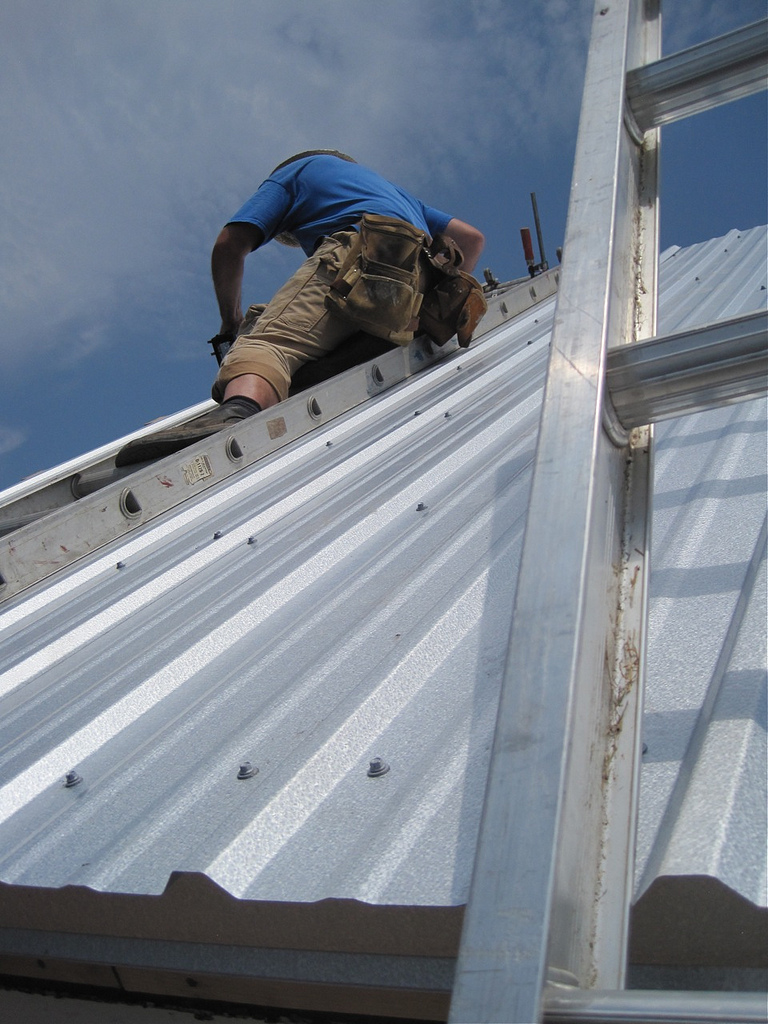
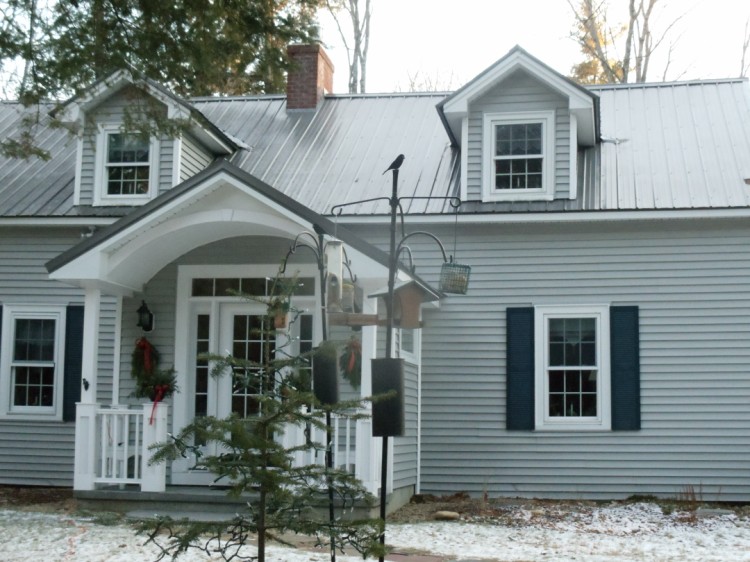
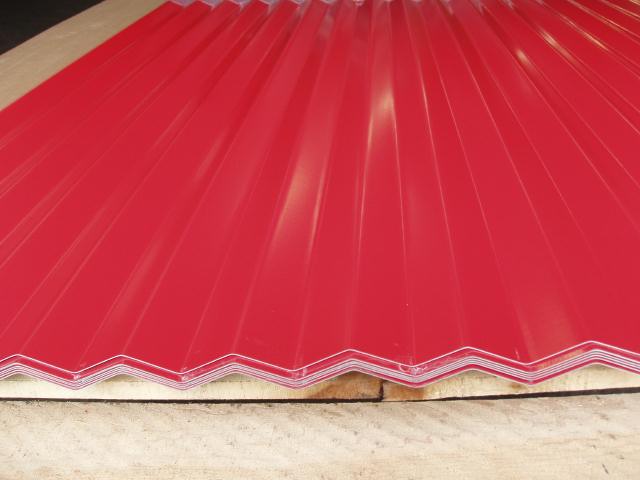
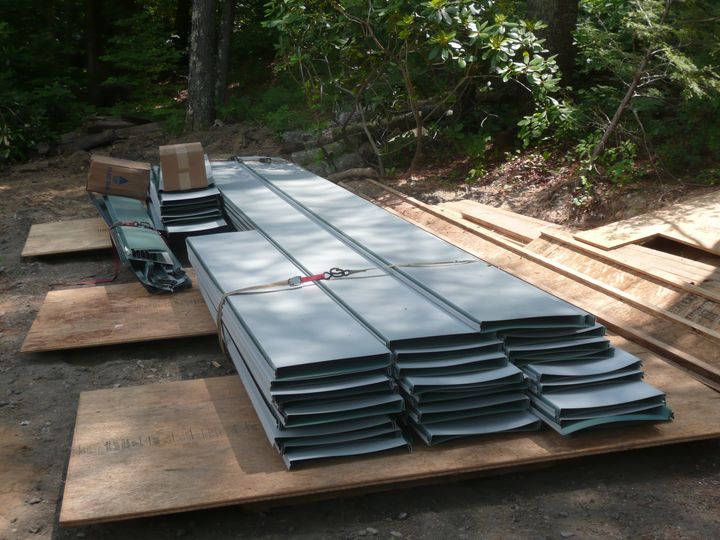
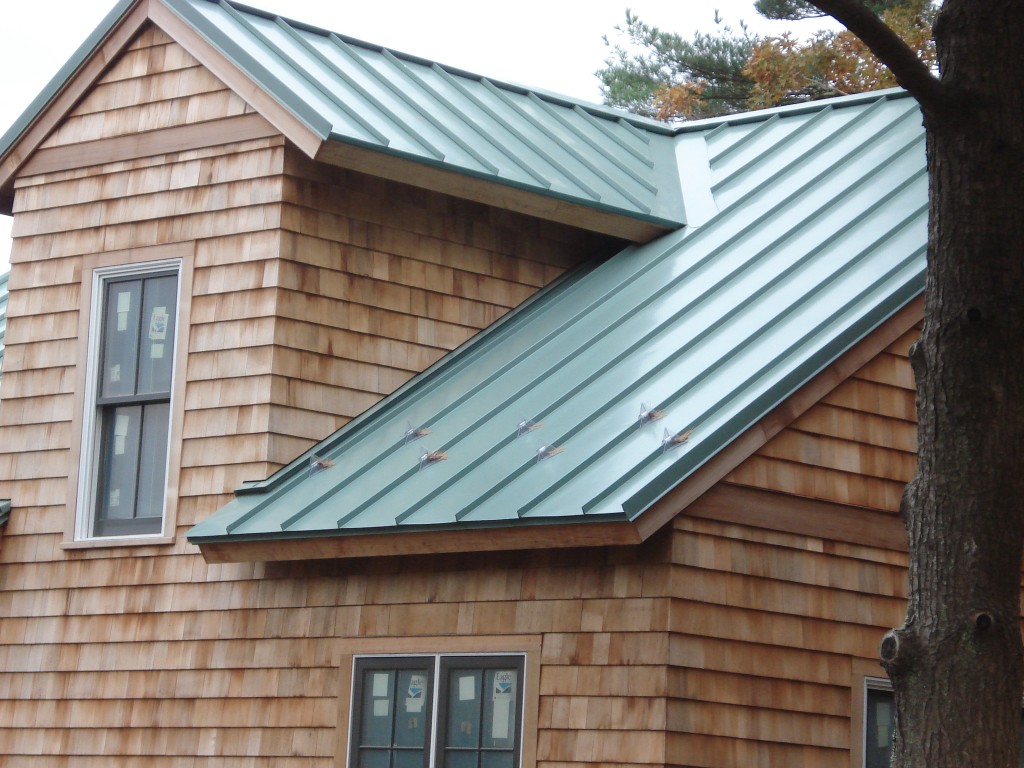
I just put on a new 30-year architectural shingle for $450 per square. If indeed a standing seam roof costs $1,000 per square it makes no financial sense to do it. Put that extra $550 per square into a safe market fund for 30 years and you can probably afford 3 new roofs in 30 years.
Beware!! Not all metal is coated the same. To state “rust is not a problem” is incorrect when looking at a 30 to 50 year life cycle. As with all other products, you get what you pay for. I have seen galvanized so thin the roofs start to rust in 10 years.
Plus most metal roof manufacturers warranty is not valid if the metal roof is installed within one mile of the coast, not just on the beach.
I always recommend Galvalume or all aluminum if you are going with metal roof. If not, stick with shingles and pay for a known 20-25 year life cycle.
I currently have an asphalt roof that has survived two hurricanes, (it only has one or two more hurricanes left in its lifetime). I have finally convinced my wife that a standing seam metal roof is more cost effective, and we intend to live here for another forty years.
But! We have a concrete slab patio that we want to enclose. Should we put a metal standing seam roof on the existing house first, and then add on to the house by enclosing the patio?!
Or! Should we enclose the patio first and put a metal roof on the finished project?!
My goal is to have a worry-free result, which will outlive us.
The enclosed patio doesn’t need to have a standing seam metal roof per se, so there is probably no need to wait. However, if you wanted to use standing seam metal panels over the enclosed patio, you would need to make sure there is either a proper substrate over the enclosed patio to install standing seam or batten seam metal panels over.
If there is no proper substrate or battens batten seam (a type of standing seam), then you would either need to go with structural (commercial grade, heavier/thicker gauge) standing seam or have a different type of roof covering.
Some people also like to use clear polycarbonate (plastic) corrugated roofing panels like this one or this 5v crimp panel over enclosed patios for more light (and lower cost).